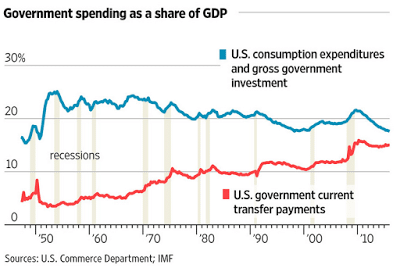Consumer Confidence, Durable Goods Data Points to Slumping Economy
Weak consumer confidence and a disappointing lack of significant growth in durable goods sales are pointing to a weakening American economy. Durable goods sales rose just 0.8% in March after a 3.1% decline in February; despite expectations of a growth rate twice that. Core durable goods growth actually fell 0.2% after falling in February, although analysts had expected moderate growth.




